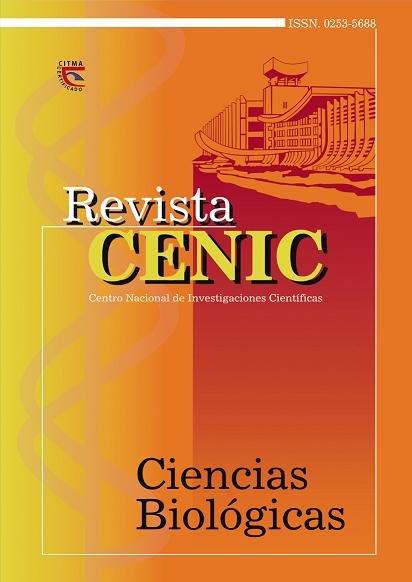Bioelectric signal acquisition system for electroencephalography and evoked potentials
Abstract
Modern equipment for bioelectrical signals recording allow the information storage and analysis in computers, because they convert analog signals in digital signals . In old equipment, the information is recorded in papers, allow its qualitative analysis only . The use of data acquisition boards can solve this problem . This is the main goal of NXl, a data acquisition board developed at the Cuban Neuroscience Center, which is the interface between an external signal conditioner (paper polygraph or evoked potentials equipment) and a computer. This board lets to acquire 16 analog signals with amplitudes ranging from ± 1 V or ± 5 V The maximum sampling frequency possible to achieve is 45 kHz and the recording can be synchronized with external events . It is possible to select the channel for interrupt request and direct memory access avoiding any conflict with other board . NX1 can be controlled from any program using several procedures and functions developed in Turbo Pascal language . It has been used successfully in biolectrical signals recording and in other applications .
Downloads

Downloads
Published
How to Cite
Issue
Section
License

This work is licensed under a Creative Commons Attribution-NonCommercial-ShareAlike 4.0 International License.
Los autores que publican en esta revista están de acuerdo con los siguientes términos:
Los autores conservan los derechos de autor y garantizan a la revista el derecho de ser la primera publicación del trabajo al igual que licenciado bajo una Creative Commons Atribución-NoComercial-CompartirIgual 4.0 Internacional que permite a otros compartir el trabajo con un reconocimiento de la autoría del trabajo y la publicación inicial en esta revista.
Los autores pueden establecer por separado acuerdos adicionales para la distribución no exclusiva de la versión de la obra publicada en la revista (por ejemplo, situarlo en un repositorio institucional o publicarlo en un libro), con un reconocimiento de su publicación inicial en esta revista.
Se permite y se anima a los autores a difundir sus trabajos electrónicamente (por ejemplo, en repositorios institucionales o en su propio sitio web) antes y durante el proceso de envío, ya que puede dar lugar a intercambios productivos, así como a una citación más temprana y mayor de los trabajos publicados (Véase The Effect of Open Access) (en inglés).














